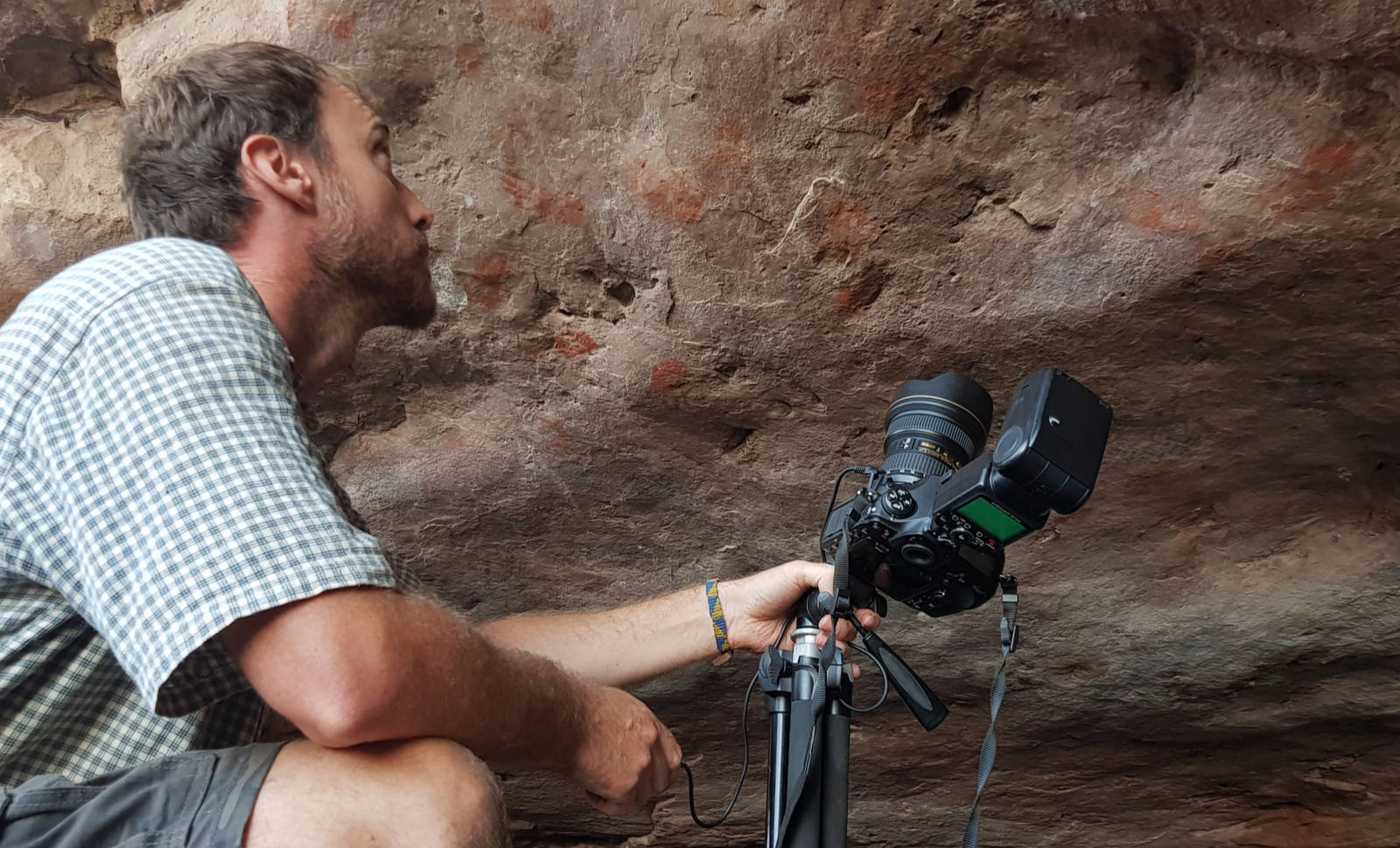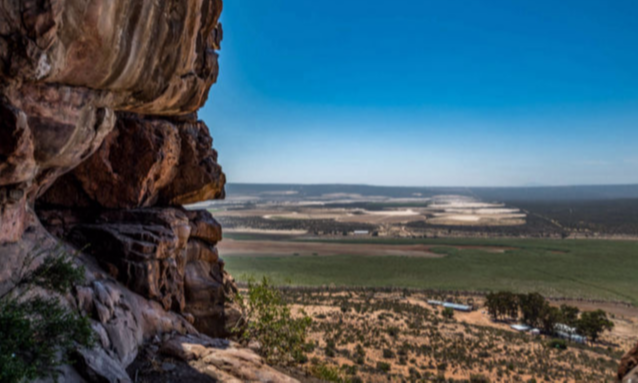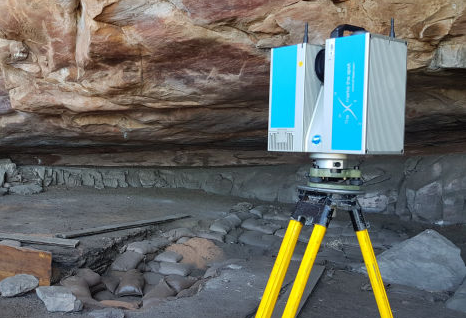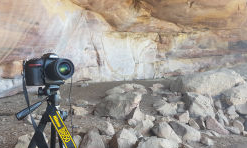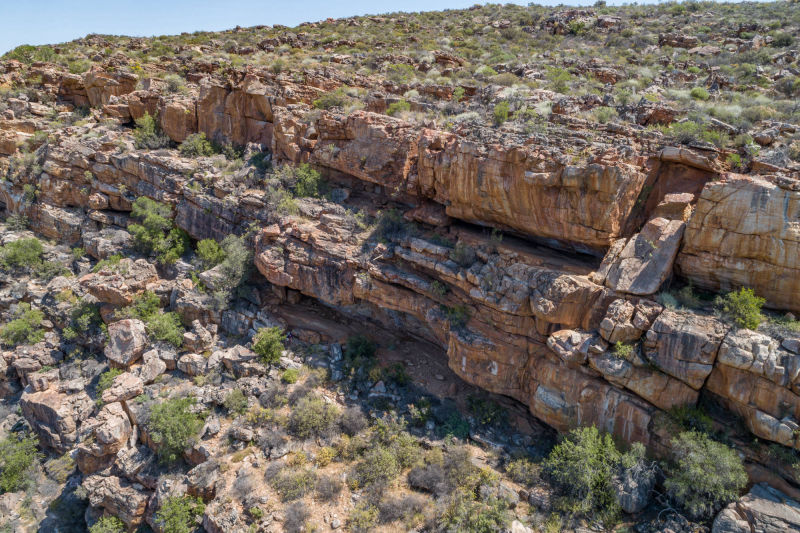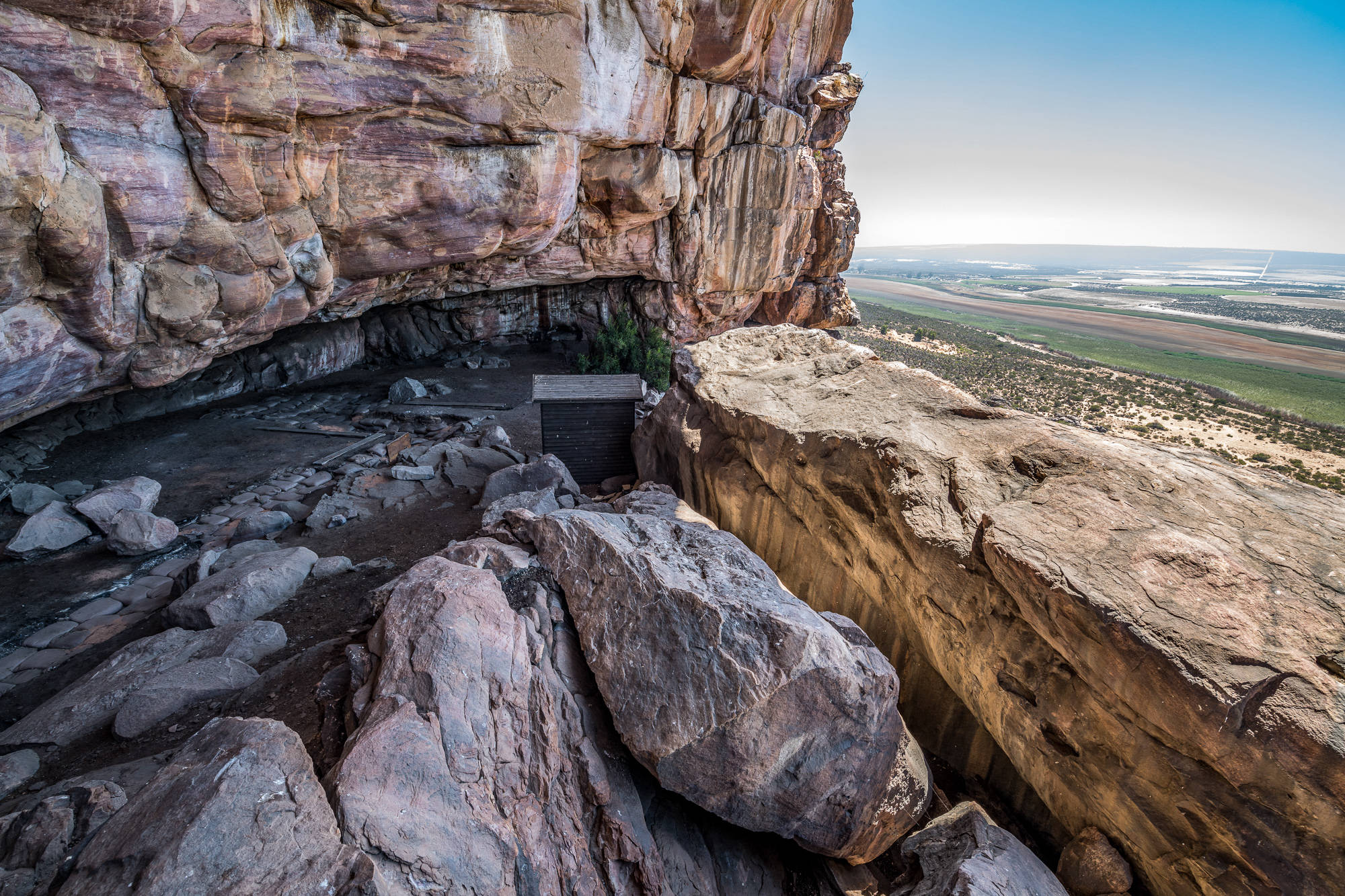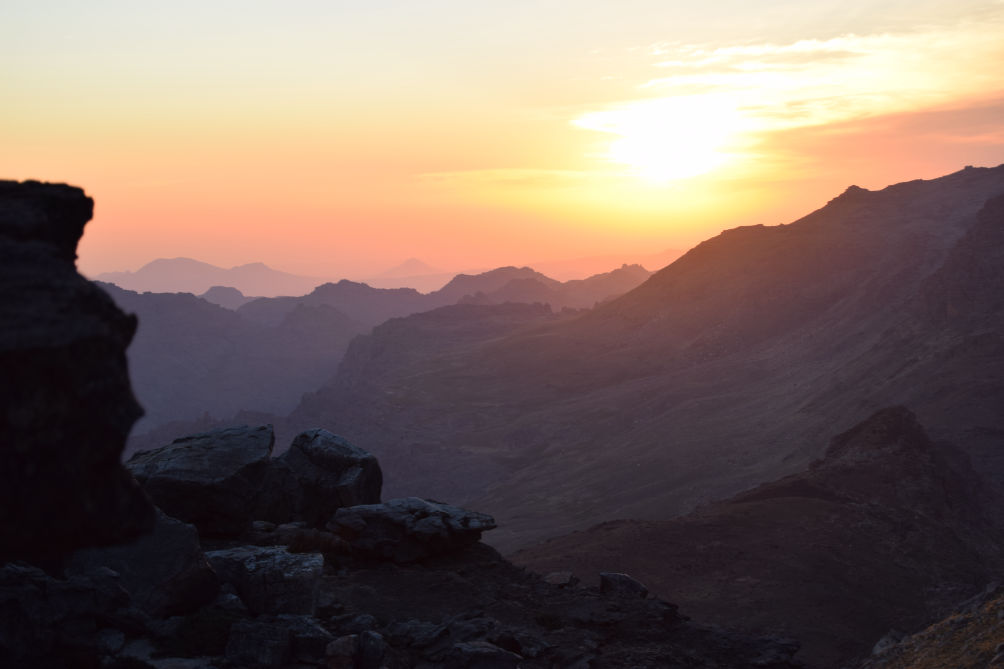DATA CAPTURE AND DIGITAL REPRODUCTION
The creation of virtual reality environments encompasses physical and natural elements.
The physical environment of a rock art site includes the wider landscape, immediate terrain and the rock art itself. These must be recorded spatially in three dimensions as well as photographically aiming for accurate and high resolution colour. This spatial recording uses Geomatics techniques and technologies such as laser scanning and photogrammetry from the ground as well as airborne via a drone. Vegetation must also be virtually reconstructed.
Natural elements includes physics (such as gravity), audio (such as birds and insects) and what weather elements are present, such as wind. Natural lighting from the sun as well as time of day are also elements that must be included to create a real sense of presence.
Capturing 3D physical environments
Laser scanning, photogrammetry and 360 degree panoramas
Natural elements
Weather, sunlight, sound, time of day and physics
